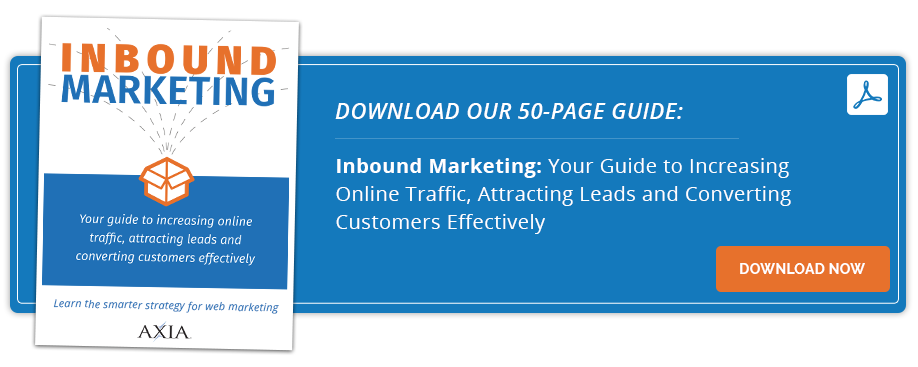.jpg?width=326&name=j-kelly-brito-256889-unsplash%20(1).jpg) 4 tips to make your Wiki page stick
4 tips to make your Wiki page stick
While the task of creating a Wikipedia page for your company might be daunting, having Wikipedia deem your page notable is the real struggle. Notability guidelines are possibly the most subjective part of Wikipedia. Remember, just because you’re pleased with what you’ve written doesn’t mean Wiki will verify it. There are several rules of thumb to follow to ensure your Wikipedia page stays up and gets the attention it deserves.
1. Write without bias.
You should write your page in a balanced, neutral voice. Don’t include a sales pitch or words that indicate your feelings about your company. Wiki insists that you write impartial content in order for your page to stay live. Wikipedia editors review each page submission very carefully to ensure the content is objective – and this process can take up to a month.
2. Cite recognizable sources.
Cite news sources readers will recognize. This isn’t the time or place to cram every single outlet that has ever mentioned your company’s name. Just like search engine optimization, you must be choosy and precise when deciding which news coverage best represents your brand.
When choosing which outlets to cite, consider whether the reader will recognize the outlet. Think big like The Wall Street Journal, The New York Times, huge industry outlets, etc. Try to steer away from small, hometown news stations or local newspapers. While that coverage is still valuable, it’s important to build credibility with readers by citing outlets that reach a broader audience.
3. Link 10 news topics.
Try to link coverage that tells stories about your company and how you provide client experiences that set you apart from the rest. This might include coverage on your company’s big ideas, major events, product launches, case studies, etc. While it’s important to choose coverage from major news outlets, it’s also vital that the content resonates with the audience and represents your brand in a great way. We recommend you have at least ten sources of news to link. Until you have at least that many great outlets talking about you, it might not be the right time to join Wikipedia.
4. Include photos.
The final piece of your Wikipedia puzzle is the photos you include. This is so important. According to eye-tracking research conducted at Missouri University of Science and Technology, users typically look at a website’s main image for 5.94 seconds. That’s a pretty long time, considering how quickly we process information. This research shows that the images you choose really matter and will help establish your company’s credibility.
We recommend using images that are high quality and large. A professional team photo or an image of your company’s headquarters works well. Another idea is to use an image that shows your services/products at work. This helps readers visualize what your company can do for them.
Following these recommendations helps you create a Wikipedia page that’s well-written, unbiased, visually pleasing, and builds trust with readers (and possible customers). Your company’s overall online presence includes much more than Wikipedia. Download our complimentary Inbound Marketing e-book to learn more about increasing online traffic, attracting leads, and converting customers effectively.
 Hannah Feran is Axia’s shared media strategist. Clients appreciate Hannah’s attention to detail and passion to exceed their expectations. She works closely with clients to ensure their social media efforts are getting the attention they deserve from a carefully chosen audience. Hannah joined the Axia team in August 2018.
Hannah Feran is Axia’s shared media strategist. Clients appreciate Hannah’s attention to detail and passion to exceed their expectations. She works closely with clients to ensure their social media efforts are getting the attention they deserve from a carefully chosen audience. Hannah joined the Axia team in August 2018.
Featured photo by J. Kelly Brito on Unsplash
Topics: PR tips, shared media, Wikipedia


Comment on This Article